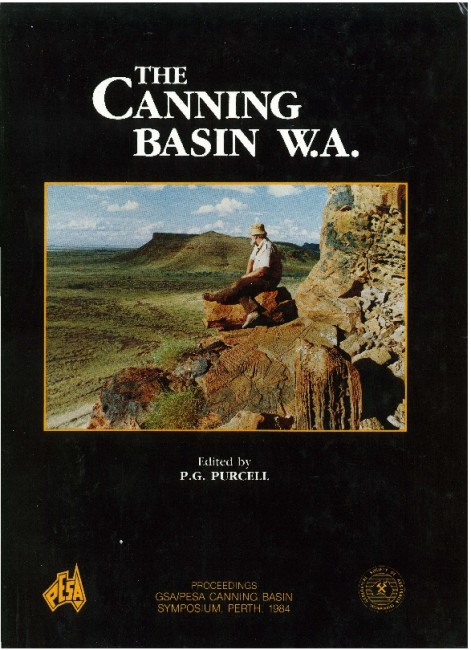Publication Name: The Canning Basin, W.A.
Authors: M.A. Reynolds and A.J. Flavelle
Date Published: December 1984
Number of Pages: 21
Reference Type: Book Section
Abstract:
This paper reviews the progress in development of geological ideas in the search for petroleum since the discovery of traces of oil in the Canning Basin in 1919, and the various factors which have influenced explorationsince then.
The introduction of geophysical techniques in 1952 and of systematic regional surveys in the mid-1950's, led to new exploration concepts, and expansion of activities beyond the limits of the Fitzroy Trough where early drilling had concentrated on surface folds.
Significant geological factors relating to the hydrocarbon potential of the basin which were recognized in the early phases of activity and which are now being accepted as important in the finding of commercial oil are
? presence of oil in the first place, and recoverable oil in 1958 (source rocks);
? porosity and permeability in some Devonian reef prospects (stratigraphic traps);
? porous reservoirs in folded Carboniferous - Permian sediments (structural traps); and,
? preferred trends of the more promising oil showings (regional structural and/ or stratigraphic controls).
A more mature phase of exploration in the late 1970's was prompted by new and modified geological concepts applied to these various positive factors, and enhanced by rapid advances in seismic techniques. This ultimately
led to two small commercial oil field discoveries in plays related to the Lennard Shelf: one in carbonate
rocks, and the other in sandstones in fold traps at the shelf margin.
Other scientific approaches became important locally in the late 1970's, but these should not constrain exploration of this vast, largely unexplored basin. A more pragmatic approach to exploration is recommended,
based on these same historical tenets, and new regional concepts developed from interpretation of the mproved seismic data and recent drilling.


